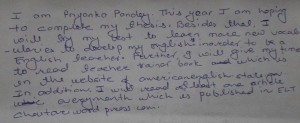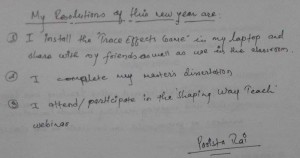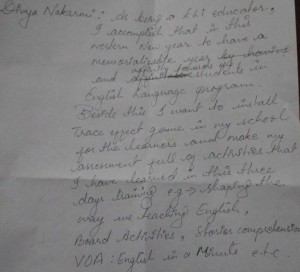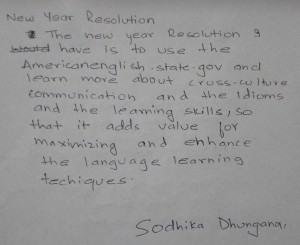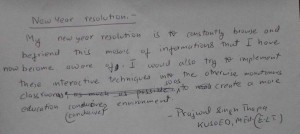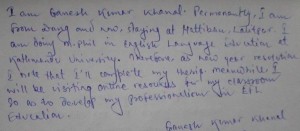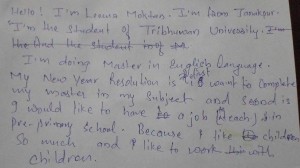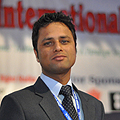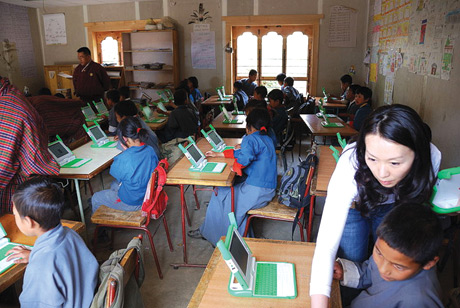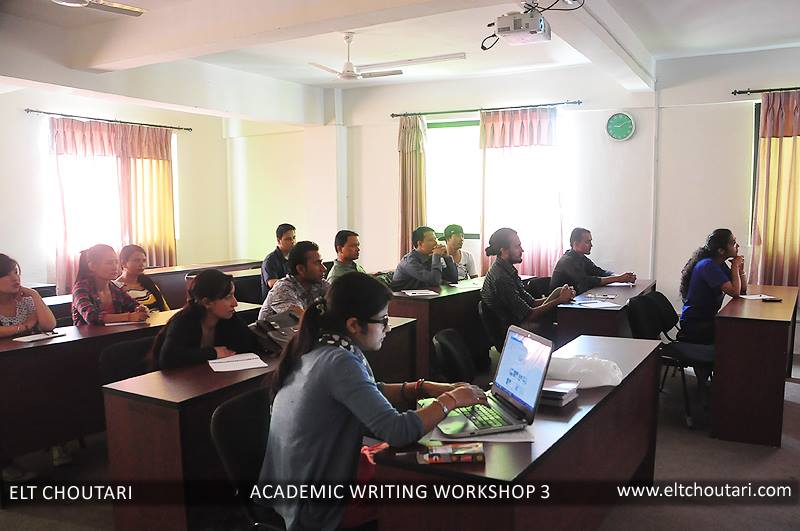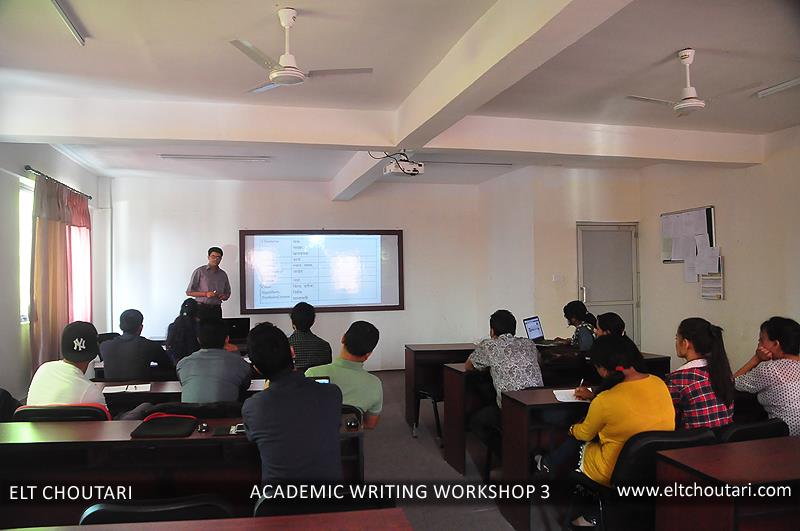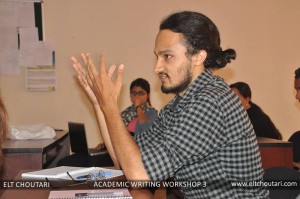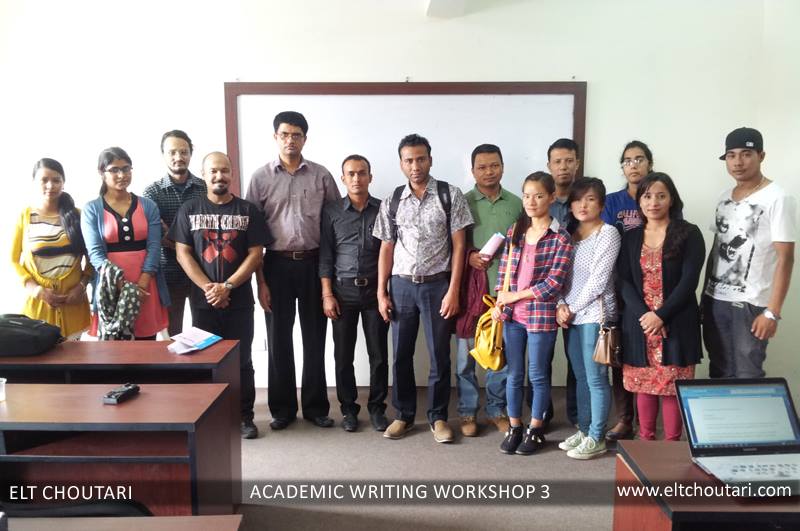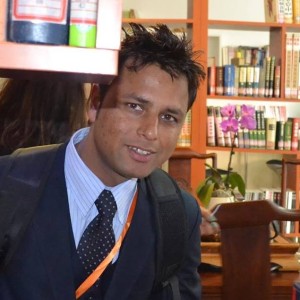
Loads of textbook while going to school!
Loads of homework while returning home from the school!
Teachers and schools do not show their interests in curriculum and materials neither do students and guardians. In this context, private education has witnessed clear signs of a gradual shift from the rote learning. A survey, published in Nepal Magazine, found that 57 percent of school-age children has inclined to read the books other than the textbooks. The survey on the students’ habit of reading the non-prescribed textbooks has highlighted the fact.
The survey, that was conducted eight months ago, showed that the students have been trying to get out of the textbooks. Even today, many teachers are still unable to complete the courses and textbooks within the academic session. Nevertheless, 84 percent of the teachers have encouraged their students to read non-textbooks, as per the findings of the survey. While 16 percent of teachers have also forced the students to remain focused on the textbook, citing the time constraints.
Forty-three percent of the total participants have not been able to study the materials other than the textbooks. Although the role and significance of the non-textbooks is similar to the textbook, there is an absence of realistic study on the interests of stakeholders on the reading of non-textbooks. “It is beneficial to give children an important book instead of 300 chocolates. We found that the parents sending their children to private schools have understood this fact to some extent while the parents of government-owned community schools are yet to make aware of this fact”, says Manish Jha, manager of Research and Analytics, which conducted this survey.
During the survey, the students were asked:
- Are you encouraged to read the non-textbooks and materials?
In response, 83 percent of the students said that they were encouraged to read the materials outside the coursebook, while 17 percent responded that no one encouraged them to read the materials beyond the textbook. 84 percent of school teachers said that they have recommended their students to reading textbooks /materials outside the coursebook. The rest (16 percent) of the school teachers, responded that they advised their students to remain focused on the textbooks, showing the time constraints to complete course in time.
The measurement of academic achievement shows that there is a huge gap between government and private schools. For example, average learning achievement of government school children is 40 percent while the achievement of students in private schools is more than 70 percent. For such a huge difference in academic achievement, teaching and learning factor has a major role to play. The survey shows that the children of private schools who have secured more than 70 percent of the learning achievement are also active in studying materials outside the coursebook, while the students of government schools with 40 percent leaning achievement can hardly complete studying the coursebook alone.
Of course, teachers feel pressured for timely publication of results due to the constraints such as timely completion of the textbooks and examination-oriented teaching. The students have not been able to get rid of rote-learning and burden of homework. However, recent preference of the majority of teachers and students to non-textbook materials is a pleasant aspect, Amod Bhattarai, a member of the research team says. “Most of the teachers, students and guardians have been promoting the reading culture of the non-textbooks, and the trend is on rising in the country.”
These days, there are fewer parents who do not want to invest in their children’s education. Such an investment depends on the income of the parents. A well-to-do parent invests more than those who earn less. This survey shows that parents, who understand the importance of education and whose financial status is better, are investing more in the education of their children.
In the survey, 63 percent of the 663 parents and guardians, who participated in the survey, said that they have purchased non-textbooks for their children. Among them, 42 percent of the parents have purchased the non-textbooks worth 1000 to 3000 rupees annually for their children. There are 16 percent guardians who invest 3000 to 5000 thousand rupees annually to buy non-textbooks and materials for their children while four percent of those guardians have been investing more than 5000 rupees and two percent have been investing more than 7000 rupees.
The survey revealed that the non-textbooks selected for children have been written in a variety of languages. For instance, 47 percent of guardians purchases non-textbooks written in Nepali and English while 28 percent of guardians buy those written in English and 23 percent buys non-textbooks of Nepali language. Only two percent guardians invest in purchasing the materials written in other languages.
The survey has shown diversity in children’s choice for the book. ‘Storybooks’ is the first choice of children. 55 percent of students participating in the survey have purchased the story books. Thereafter, children chose other books based on the theme of the children. According to the study, 28 percent of the students purchase children’s books and 28 percent have purchased the books with biography. Likewise, 26 percent of the children have shown interest in essays, 24 percent in facts and figures, 20 percent in paintings, 18 percent in the books with illustrations, 12 percent in travelogue, nine percent in comics and four percent in the memoir. Hem Krishna Shrestha, who is involved in the survey, says, “Stories have touched children’s mind. So, the choice of the majority is for stories.”
Needless to mention that the concept of technology-based education such as smart learning, e-learning, e-library, e-book, etc, is not new. However, students are still interested in purchasing the books for reading purpose. 74% of the respondents said that they feel pleasure in reading the printed books. Only few have read books borrowed from school libraries and their friends. This means that our school system still enjoys traditional form of teaching-learning activities.
School time for students is usually spent for regular teaching-learning activities, assignments, classwork and project work. The children who are tired of school assignments are from private schools. In the regular school schedule, children cannot read non-textbooks. So, children have utilised a long vacation to read non-textbooks. According to the survey, students and guardians buy books at the book exhibitions or when they are available at discounted price, and also based o the recommendation of friends, book reviews, and writers’ names.
Not all guardians invest in non-textbooks. The number of guardians involved in the survey who do not want to purchase non-textbooks is 33 percent. Kashyap Marhatha, a member of the survey team, says, “Dire economic situation and lack of education and consciousness, etc. is its main reason. Hence, some have invested nothing in the purchase of non-textbook.” dire
For such a less investment of parents and interest of students in non-textbook, existing government school environment is responsible. The reason is, government schools are still unable to come out of the government curriculum and prescribed textbooks. Textbooks are neither delivered timely nor are they completely covered in the government schools. It is not strange to find that there is no discussion of non-textbooks in the government schools which solely rely on textbooks. Education expert Bidyanath Koirala says, “A school teacher of Baglung has kept the keys of the library, tied with his janai (sacred thread). Since no one visits the library, it is never open.”
The government has not carried out the study about the overall reading habits of school children. Public discussion is very little on how much students are interested in non-textbooks, the level of their engagement in reading and how their learning achievements are affected by this.This survey has highlighted the fact that the students who study materials outside the textbook have improved significantly in learning achievement and broadened their mind. Koirala says, “There is a wide difference in the scope of knowledge of those students who have studied coursebook only and those who have also studied non-textbooks and external books. That is why, it is necessary to motivate every student to read books outside the coursebook.”
Status of government schools on teaching non-textbook materials
The country’s education consists of 85% government schools and 15% private schools. In terms of non-textbook reading habit, the situation of private school is positive but the status of government school is disappointing. The government standards set by the Education Ministry that the schools should be opened for 220 days annually and then 180 days for teaching learning activities have not been implemented effectively. Most of government schools are hardly able to complete the coursebook and the national curriculum developed by the Curriculum Development Center (CDC). Therefore, children, teachers and guardians of government schools have not been able to concentrate on reading non-textbooks.
Gyanodaya Higher Secondary School, located in Bafal of Kathmandu, is one of good schools in the country. However, in the same school, former Principal Dhananjay Sharma admits that the school was unable to motivate the student to read non-textbooks. “A decision was made for a teacher to read at least a book per month was not executed. After the teachers did not read the books, the students did not read them either.”
With a view to develop the reading culture among teachers and students, Gyanodaya School has scheduled ‘library period’. Yet, the reading culture is to develop. Reading the non-textbooks in the government schools has been neglected because the textbooks have not been taught properly, the teachers do not accept the non-textbooks as source of knowledge, and poor parents cannot afford the non-textbooks for their children.
Let’s explore another case to understand the status of the government school on teaching non-textbooks. Pragati Siksha Sadan situated in Kupandol of Lalitpur is another standard school. The school could not motivate children to read the books other than textbooks, principal Surya Ghimire shares. “Our teaching learning activities are limited to the textbooks due to pressure on the completion of the courses and securing high scores. The habit of reading non-textbooks is yet to be cultivated in teachers, guardians and students.”
Pragati Siksha Sadan has adopted a unique way to increase the children’s reading culture. As per the unique method, namely ‘Drop Everything And Read (DEAR)’, when an emergency bell rings in the school at any time, teachers and students start reading soon , halting the activities they are involved in This is called ‘DEAR’. However, the DEAR has not even been able to do so. Ghimire says, “This has increased the reading of textbooks, but it has not been able to contribute to reading non-textbook materials.”
Survey Methodology and Population
The urban centred survey was conducted in the schools located in 12 cities of 12 districts in Nepal. They were Birtamode of Jhapa, Biratnagar of Morang, Janakpur of Dhanusha, Bharatpur of Chitwan, Birgunj of Parsa, Lalitpur, Kathmandu, Bhaktapur, Butwal of Rupandehi, Pokhara of Kaski, Nepalgunj of Banke and Dhangadhi of Kailali. The survey was conducted among 2599 respondents, who were teachers, students and guardian of both government and private schools. Among the respondents were 622 students from 6-16 years age group studying up to tenth grade, 635 non-guardians, 677 guardians and 625 teachers. Each of these four groups were asked 16 questions. The answers to those questions were processed to bring the findings.
Acknowledgement
This post is the English translation of the article originally published in Nepali based on survey carried out by Facts – Research and Analytics.







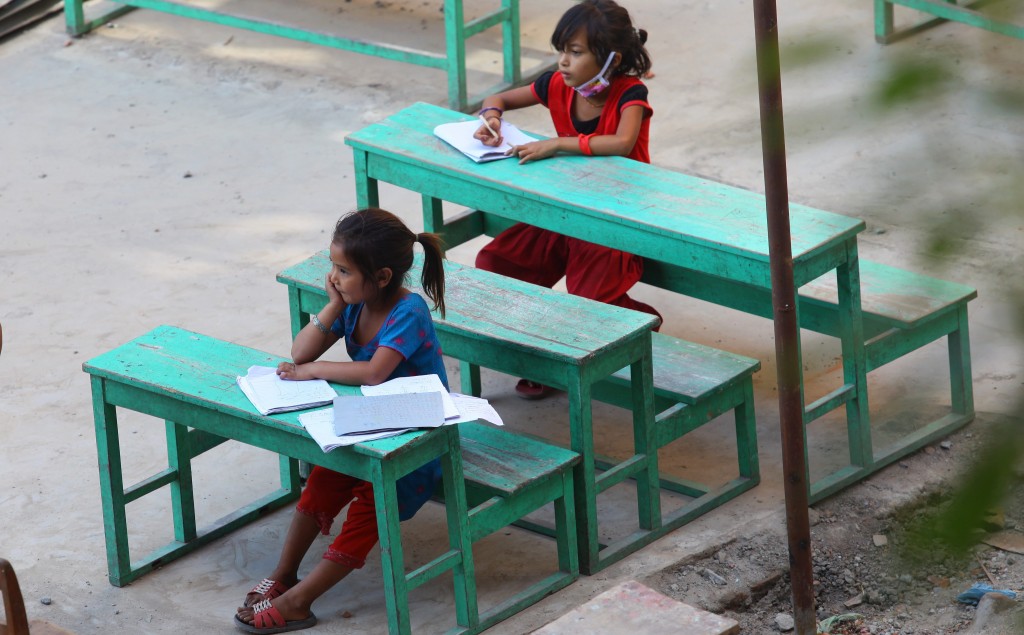
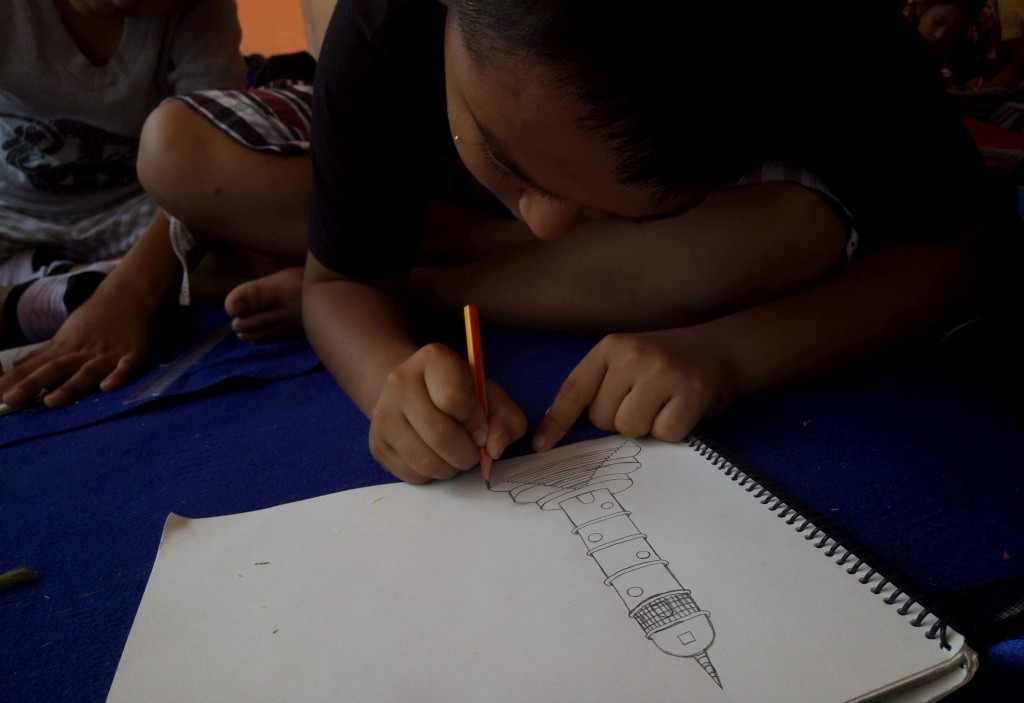
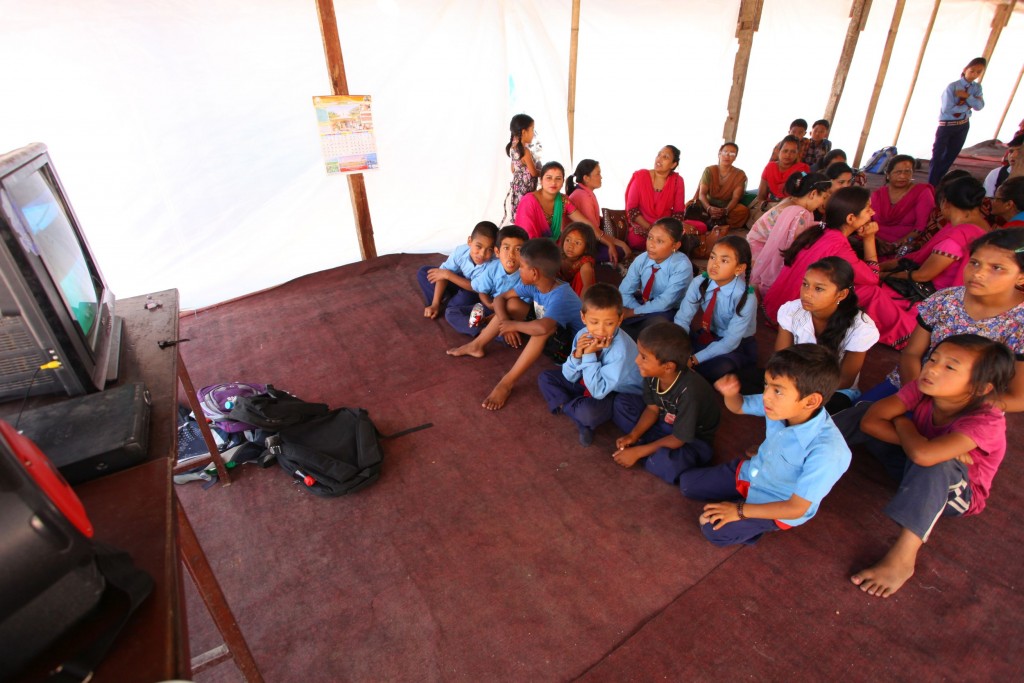
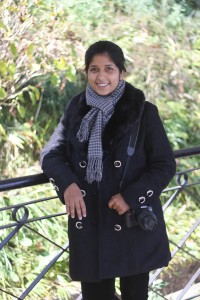
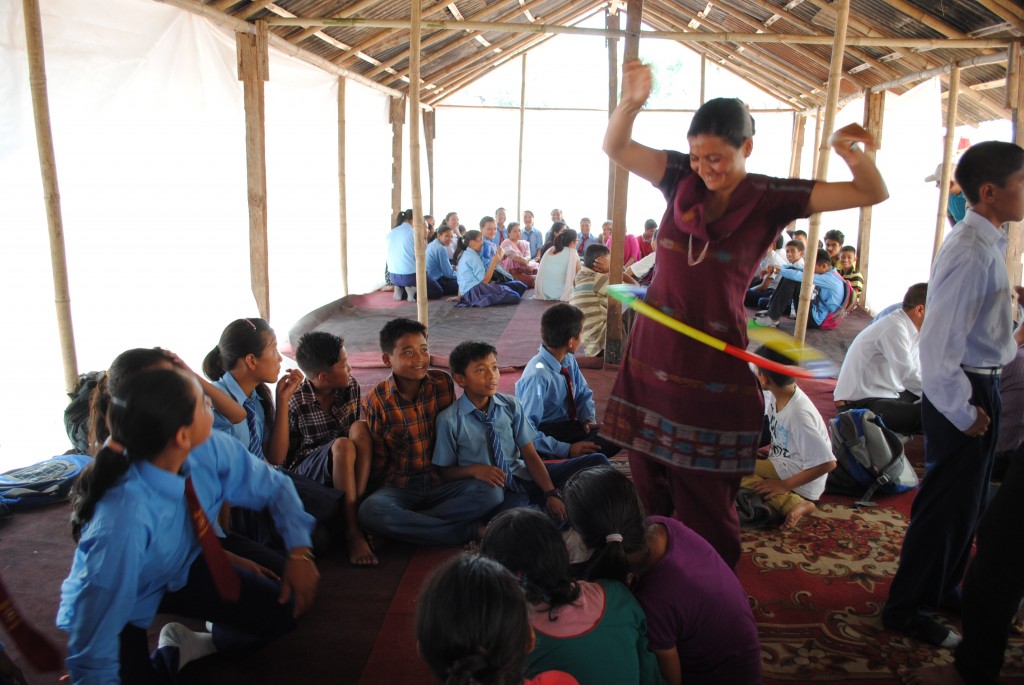
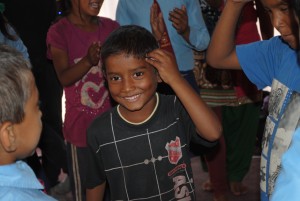

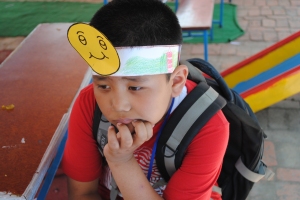

 Though some schools such as St. Xavier’s at Jawalakhel restricted media from the school premises, guardians were allowed to accompany their children to the classrooms.
Though some schools such as St. Xavier’s at Jawalakhel restricted media from the school premises, guardians were allowed to accompany their children to the classrooms.


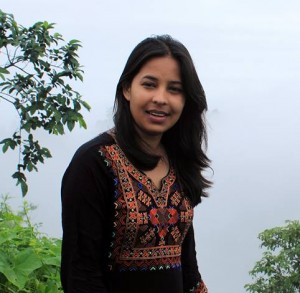
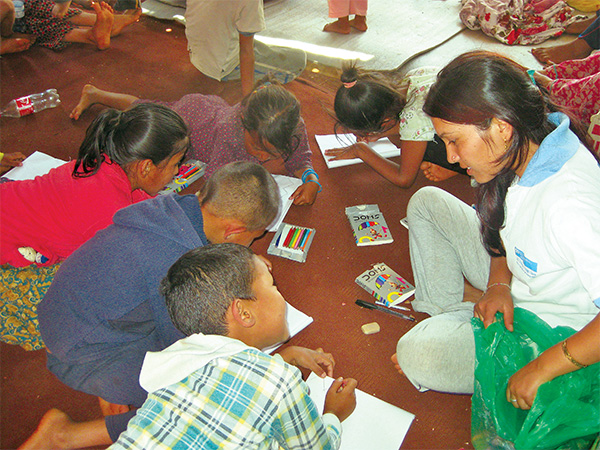






 If you are willing and able to dedicate some time to a professional community, Choutari is for you. Choutari is for you if you are excited by the impact you can make on the professional lives of English language teachers across the country (and also across the world) with the power of volunteerism, with your technological skills, with collaboration and networking. Choutari is for you if you want to add a line on your resume, and want to fill that line (or say a paragraph) with meaning and substance. It is certainly not “being on board” that counts: it is what you do after you get on board. First, editorial colleagues take turns to be monthly coordinators (you may need to take one or two turns during the year). The coordinators request other editors to collect materials, as well as collecting contributions themselves. They start conversations early in the month before their turn with the editorial group (by email and Facebook), developing their theme and ideas. And toward the end of the month, before publication, they get help from the rest of the team to improve and copy edit all materials. They pass on the baton to the next coordinator on the schedule after they publish the month’s issue. In terms of time, editors spend about 3-5 hours every month (and more if they like to run or follow conversations), and coordinators invest 5-10 hours for collecting, coordinating, improving, publishing, and promoting. If you are interested, or have questions before you can decide when to join, please do not hesitate to send them at eltchoutari at gmail.
If you are willing and able to dedicate some time to a professional community, Choutari is for you. Choutari is for you if you are excited by the impact you can make on the professional lives of English language teachers across the country (and also across the world) with the power of volunteerism, with your technological skills, with collaboration and networking. Choutari is for you if you want to add a line on your resume, and want to fill that line (or say a paragraph) with meaning and substance. It is certainly not “being on board” that counts: it is what you do after you get on board. First, editorial colleagues take turns to be monthly coordinators (you may need to take one or two turns during the year). The coordinators request other editors to collect materials, as well as collecting contributions themselves. They start conversations early in the month before their turn with the editorial group (by email and Facebook), developing their theme and ideas. And toward the end of the month, before publication, they get help from the rest of the team to improve and copy edit all materials. They pass on the baton to the next coordinator on the schedule after they publish the month’s issue. In terms of time, editors spend about 3-5 hours every month (and more if they like to run or follow conversations), and coordinators invest 5-10 hours for collecting, coordinating, improving, publishing, and promoting. If you are interested, or have questions before you can decide when to join, please do not hesitate to send them at eltchoutari at gmail.